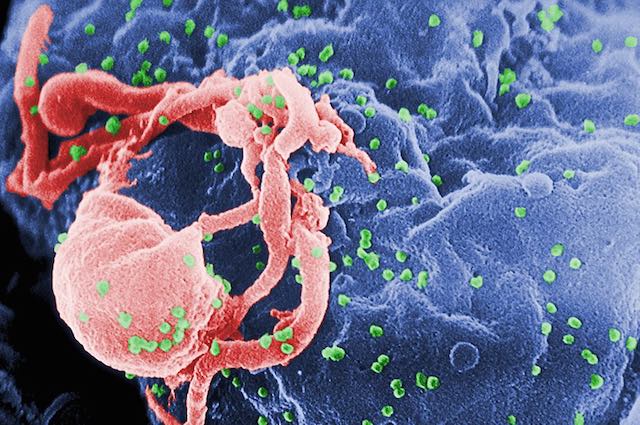A group of international scientists has just published research that details how they successfully managed to “cure” two patients of HIV using stem cell therapy.
Scientists found no rebound of HIV in the two patients who stopped taking their HIV medication after they received stem cell transplants for a hematological [blood] disease. Both patients underwent stem cell transplantation as part of their cancer treatment.
Thus far, only one person in the world – Timothy Ray Brown, known in 2008 as the “Berlin patient” – has reportedly been cured of HIV using stem cell transplants. Although Brown had traces of HIV, the virus never rebounded and he is now celebrating 12 years cured of HIV.
The transplanted donor cells had a gene defect called CCR5delta32mutant which results in the absence of one of the critical entry gatekeepers that HIV generally needs to infect cells.
RELATED: After Decades of Research, Mexican Scientist Successfully Eliminates HPV From Dozens of Her Patients
Transplanted cells from a CCR5delta32 donor most likely protected Brown’s immune system. He also received aggressive chemotherapy, total body irradiation, and two stem cell transplants. For over a decade, the HIV field has puzzled over which of these factors were essential for his cure.
Now, however, the groundbreaking research on the “London patient” and the “Düsseldorf patient” was presented at the Conference on Retroviruses and Opportunistic Infections in Washington and published in Nature.
Professor Ravi Gupta of University College London presented a potential cure of HIV after stem cell transplantation in his London patient, while Dr. Björn Jensen from Düsseldorf University found his Düsseldorf patient has potentially been cured the same way.
MORE: Boy is Cured of Aggressive Cancer Thanks to Stem Cell Treatment Using Donated Umbilical Cord
The London patient has not experienced HIV rebound during the 18 months since he stopped taking his antiviral medication. This is the longest adult HIV remission after stem cell transplantation since the Berlin patient.
The Düsseldorf patient stopped his HIV medication for a shorter period of just three-and-a-half months, but has also remains HIV-free. Using the most sensitive techniques available to date, only traces of HIV DNA were detected.
Since there are now only these few patients who have undergone the medical procedure, researchers are cautious to call the treatment a “cure” – but the London and Düsseldorf patients show that after a single transplant and with even mild cancer chemotherapy and without radiation, remission may be achieved.
CHECK OUT: Seven Years After Undergoing Experimental MS Treatment, Woman is Still Experiencing No Symptoms
“To be clear, this is not an option yet for people with HIV, even in very rich countries, but it is a major step forward. This is incredibly exciting, as it furthers our understanding of the complex immunology of HIV and should get us closer to a cure,” says Professor Francois Venter, Deputy Executive Director at the Wits Reproductive Health and HIV Institute.
Both the London patient and the Düsseldorf patient received the treatment through their registration with the IciStem program, an international collaboration to guide and investigate the potential for HIV cure by stem cell transplantation.
IciStem has the largest program to investigate HIV cure following stem cell transplantation. More than 22,000 donors with the rare CCR5delta32 gene defect have been identified and there are currently 39 patients registered with IciStem who have received transplants.
LOOK: Boy Thought to Be Nonverbal Can Speak After Dentist Discovers He is Simply ‘Tongue-Tied’
“The London patient is the second HIV-positive man considered to be in prolonged remission after a bone marrow transplant from a CCR5 negative donor,” says Maria Papathanasopolous, director of the university’s HIV Pathogenesis Research Unit.
“This represents a critical moment in our search for an HIV cure. It reaffirms our belief that one day it will be possible to cure HIV infection with a safe, cost-effective, and easily accessible strategy.”
(Source: University of the Witwatersrand)
Cure Your Friends Of Negativity By Sharing The Good News To Social Media – File photo by Centers for Disease Control and Prevention




















